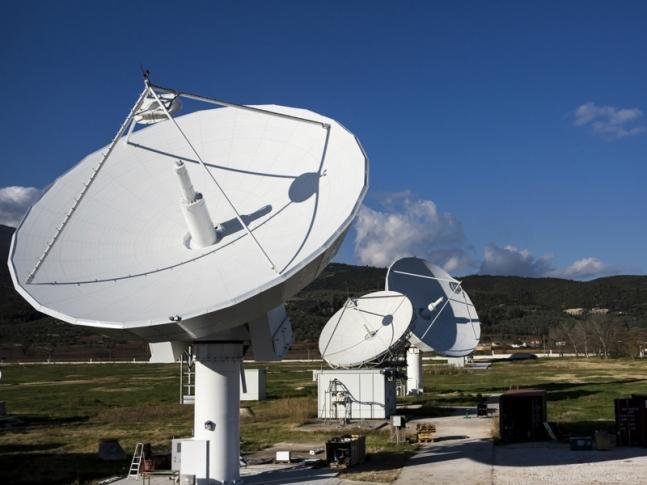Inmarsat, the global mobile satellite communications provider, has announced a key infrastructure milestone for its European Aviation Network (EAN), following the successful test and validation of the EAN Satellite Access Station (SAS).
As the first solution in the world to integrate connectivity from a satellite, operated by Inmarsat, and a LTE-based ground network, operated by Deutsche Telekom, EAN will provide a true in-flight broadband experience for millions of airlines passengers traveling throughout Europe.
The SAS is located in the Greek town of Nemea and operated under an agreement with OTE, the largest telecommunications provider in Greece and member of the Deutsche Telekom Group, engineers undertook rigorous performance and stability tests to verify the SAS’s capabilities to serve as a reliable and robust gateway between Inmarsat’s S-band satellite and the internet.
“The European Aviation Network offers a broadband experience like no other in the sky by combining satellite coverage with additional capacity from the ground network,” said Federik van Essen, Inmarsat Aviation’s Senior Vice President of Strategy and Business Development.
“Passengers can connect using their personal devices for internet browsing, video streaming, gaming and other online services. There are also important cost and operational benefits for airlines, as the EAN system is highly compact and weighs only a few kilos.
“The results of infrastructure testing at the satellite access station in Nemea, conducted with our partners Cobham SATCOM and OTE using a satellite simulator, have exceeded expectations and reinforced our confidence prior to the scheduled launch of our S-band satellite in the middle of 2017. We remain on track for EAN’s service introduction later this year.”
The SAS consists of a 13-metre antenna that provides feeder links to the satellite, a radio frequency dub-system and a radio access network provided by Inmarsat partner Cobham SATCOM.







